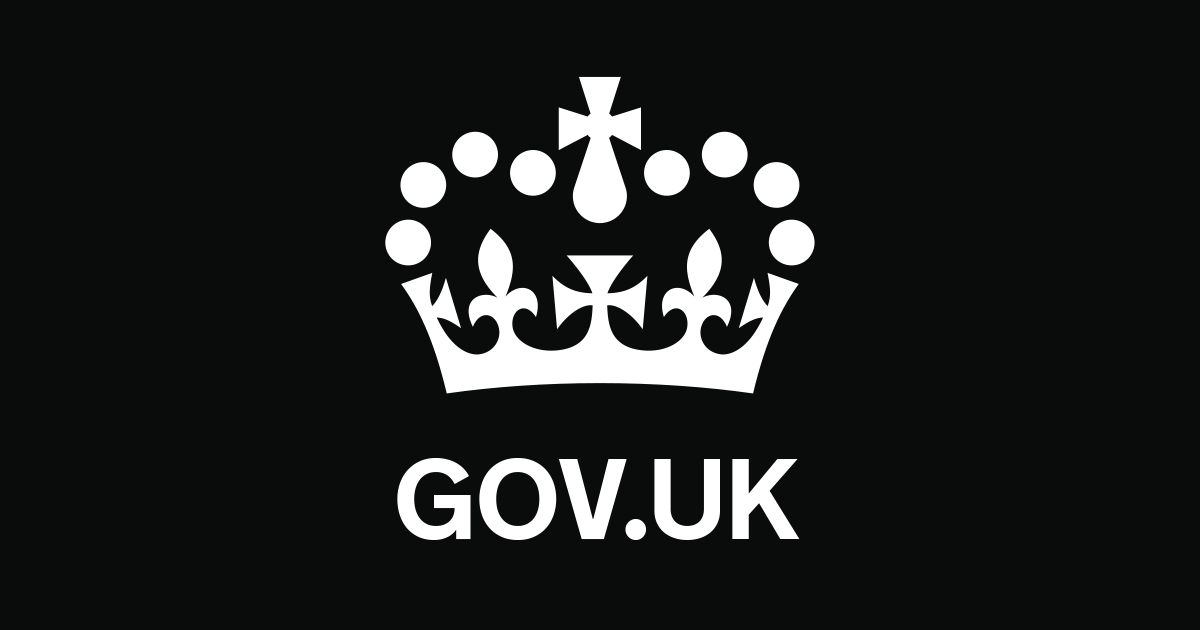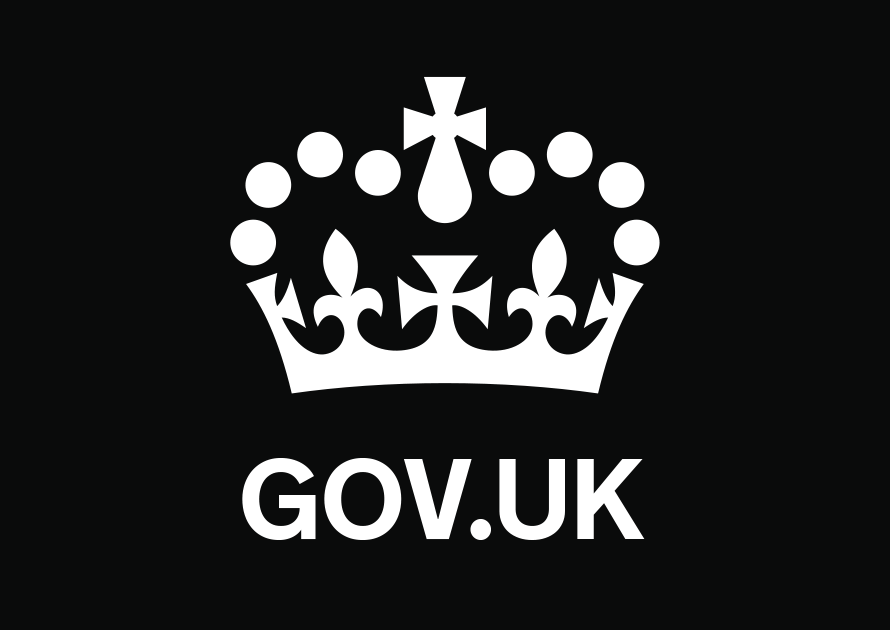Airworthiness scheme
You can use the airworthiness scheme as an alternative to Authorised Use relief. You can use it to suspend duty for aircraft parts, components and other goods used for the manufacture, repair, maintenance, rebuilding or modification of aircraft to be imported free of duty.
This is provided they are imported with a certificate of airworthiness issued by a Civil Aviation Authority.
The airworthiness scheme does not cover the import of an aircraft.
Goods held under Authorised Use relief cannot be transferred to the airworthiness scheme as they are already in free circulation. Transfer to the scheme will not complete authorised use. Any goods already entered into Authorised Use relief should stay under that rule.
Commission Regulation (EU) No 748/2012 (2) continues to provide for a part to be eligible for installation in a type-certificated product. It must be accompanied by an authorised release certificate European Aviation Safety Agency (EASA) Form 1, CAA Form 1, or an equivalent certificate.
This was previously known as certificate of airworthiness, issued by a party authorised by aviation authorities within the EU.
The suspension of customs duties will be conditional on the availability of an authorised release certificate. Goods that have been repaired or maintained and have lost their airworthiness status, such as expiry of certificate, a previously issued authorised release certificate will be accepted.
The regulation allows equivalent certificates issued by third countries and certificates issued under bilateral aviation safety agreements with the EU before the establishment of the European Aviation Safety Agency (EASA), are acceptable as an alternative to the authorised release certificates (EASA Form 1 or CAA Form 1).
List of equivalent certificates
| Aviation authority | Authorised release certificate |
|---|---|
| Joint Aviation Authorities (Europe) | JAA Form 1 |
| Federal Aviation Administration (USA) | FAA Form 8130 |
| Transport Canada Civil Aviation | TCCA Form One TCCA 24-0078 |
| National Civil Aviation Agency (Brazil) | Form F-100-01 (SEGVOO 003) |
| Directorate General of Civil Aviation (Turkey) | SHGM Form 1 |
| Civil Aviation Safety Authority (Australia) | CASA Form 1 |
| Civil Aviation Authority of Singapore | CAAS (AW)95 CAAS (AW)96 |
| Japan Civil Aviation Bureau | Form 18 |
| Civil Aviation Administration of China | CAAC Form AAC-038 |
| Civil Aviation Department (Hong Kong) | CAD Form One |
| Civil Aviation Authority of Vietnam | CAAV Form One |
| Directorate General of Civil Aviation (Indonesia) | DAAO Form 21-18 |
| Civil Aviation Authority of the Philippines | CAAP Form 1 |
| General Authority of Civil Aviation (Saudi Arabia) | GACA SS&AT_F8130-3 |
| General Civil Aviation Authority (United Arab Emirates) | AW Form 1 |
| Civil Aviation Authority of New Zealand | Statement of compliance with airworthiness requirements CAA FORM 8110-3 |
| Federal Air Transport Agency of the Russian Federation | Airworthiness Approval Tag Form C-5 |
The customs declaration for release for free circulation should have reference to the identification number of the authorised release certificate. Goods in need of repair or maintenance that have lost their airworthiness status, should have an identification number of a previous authorised release certificate.
If customs authorities have reason to suspect a certificate has been falsified, they can request an expert opinion from a representative of the national aviation authorities. This expense will be paid by the importer.
Customs authorities will consider the risk if the cost of the expert opinion outweighs the benefit to the importer of the suspension of duties. This will depend on whether the expert opinion considers the rules for issuing those certificates have not been infringed.
Changes
The regulations introduced the following changes:
- authorised release certificates, formerly known as certificates of airworthiness, will be used in conjunction with the customs declaration
- clarify that the new certificates are in an electronic form and documents will be submitted in an electronic format
- clarify the parts being relative to both civil and military aircraft
- allow the suspension of duty for parts imported for repair
For general HMRC queries speak to the VAT, Excise and Customs helpline.
More information
Find out how to get an authorised release certificate on the Civil Aviation Authority website.




